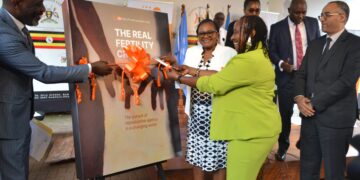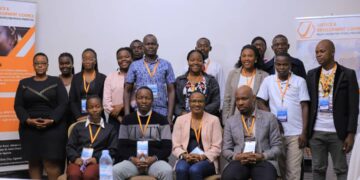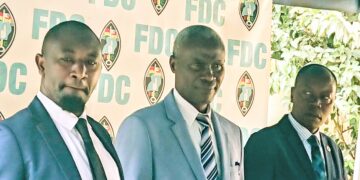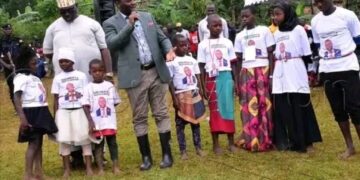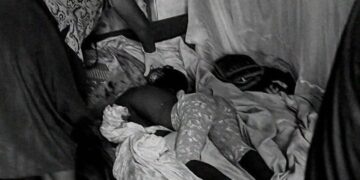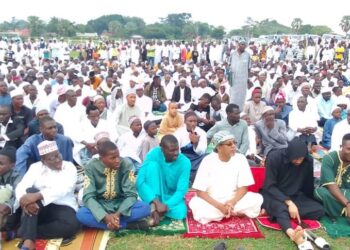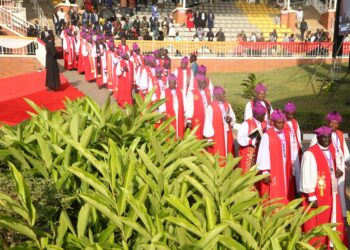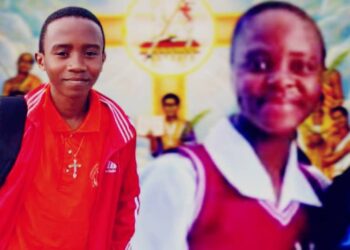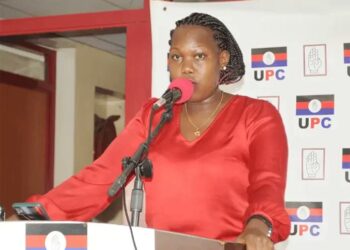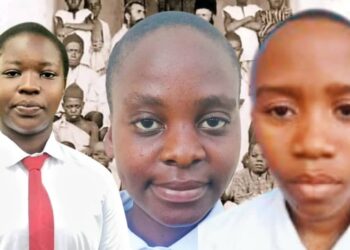By Gilbert Akampa Kakurugu,
HEALTH
There are still many common myths people believe about autistic children. Autism is a lifelong disability that affects how people communicate and interact with the world.
This means children who have been diagnosed with this particular neurodiversity may process information about their surroundings differently than those who are neurotypical.It is important to note that many autistic people do not need specific support, especially when within autism-friendly environments.
So, what is the youngest age that autism can show up in children? Dr. Mike Kyewalyanga a paediatrician at Holy Innocents children’s hospital, a specialized children’s hospital in Mbarara city during one of their continuous medical education (CME) noted that it is often parents who notice differences in their child’s development first.
“Children can be diagnosed as autistic when they’re quite young, in some cases from the age of two. But not everyone is diagnosed early in life. It’s quite common for a child to not get their diagnosis until they are older, or even as an adult,” said Kyewalyanga.
What should parents of very young children look out for?
Dr. Kyewalyanga noted that there are various signs that a child may be on the autism spectrum. That include not drawing their parents’ or others’ attention to objects or events, for example not pointing at a toy or a book, or at something that is happening nearby (or a child may eventually do this, but later than expected), carrying out activities in a repetitive way, for example always playing the same game in the same way, or repeatedly lining toys up in a particular order,Resistance to change or doing things differently, emerging difficulties with social interaction and social communication.
“Every child is different, and not all children showing the signs illustrated here will be autistic – it will depend on the frequency, the severity, and whether it is proving an obstacle to learning or quality of life , many people have ‘autistic traits’. Kyewalyanga added.
However, he revealed that common signs include echoing words or phrases without context, taking language too literally, often choosing to play alone, having difficulty making friends, not understanding other’s thoughts and emotions, repetitive or restrictive behaviours, and having trouble with coordination.
Other signs can also include “seeking out specific visual or auditory experiences, such as spinning wheels on a toy train, looking at the bars of a fence, and listening to the theme tunes of favourite programmes,being restrictive around certain activities such as eating only yellow food, watching the same programme over and over, or only wearing a favourite jumper.
Autistic people may or may not have exceptional attention to detail, and sensory differences, this is most noticeable when children are over-sensitive to stimuli, for example, distress at loud noises, trouble with co-ordination, and additional learning disabilities.”
How can parents help their young child after a diagnosis?
“For Kyewalyanga, early intervention has been consistently shown to be vital in ensuring the right support is in place for the best outcomes.
However, currently the average age for diagnosis is eight years old, and the average wait for a diagnosis assessment is three years, he said.
According to the Uganda Bureau of Statistics, the prevalence of autism spectrum disorder (ASD) in Uganda is estimated to impact 88 people per 10,000 persons in the Ugandan population the central and eastern regions having the highest number of persons living with ASD as of 21 Sept 2023.
Kyewalyanga said that Qigong massage for autism is a proven, touch-based autism treatment for children that parents perform for 15 minutes each day for up to two years to normalize sensory issues and reduce or eliminate symptoms of autism and it has helped many over comes autism challenges.















